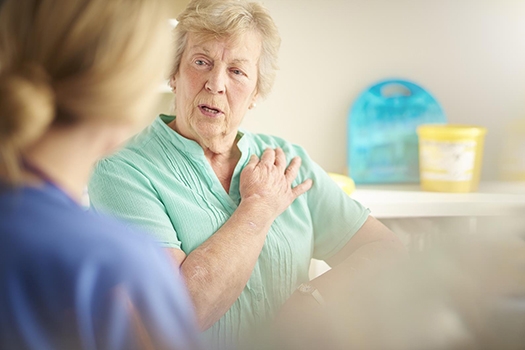The 2018 GP Patient Survey results are out and they show patient confidence in GPs has remained high, with nearly 96% of patients saying they trusted the clinician they saw in their last GP appointment.
While year-on-year comparisons have been made difficult, due to a ‘significantly redeveloped’ questionnaire by NHS England – which included GP and nurse trust amalgamated into one question – this number seems to be at least on par with last year’s figures, when 95% of patients said they had confidence and trust in their GP, and 97% said the same for practice nurses.
But these findings come despite a barrage of issues being faced by general practice, with GP numbers dropping by more than 1,000 since September 2015, and over a million patients being forced to move surgery in the last five years due to nearly 450 practice closures.
Just last week, figures from think tank The Kings Fund revealed that less than a quarter of GP trainees plan to practise full-time one year after qualifying, with just one in 20 expecting to be practising full-time 10 years after finishing training.
The BMA GP Committee chair Dr Richard Vautrey said: ‘These results show that the overwhelming majority of the public are happy with the care they receive from their GP and the healthcare professionals at their local surgeries.
‘They are further testament to the hard work of dedicated family doctors and their teams who continue to provide an excellent standard of care despite the huge and growing pressures they face.’
However, this does not mean patients are not feeling the effect of the growing pressures threatening local practices.
Patient access
The survey showed that patients are increasingly struggling to get appointments, with 15% of respondents saying their experience of making appointments was poor.
This represents a continuously increasing complaint, with just 8.5% of patients rating their experience as ‘fairly poor’ or ‘very poor’ in the 2012 patient survey.
Dr Vautrey argues that this is causing an ‘understandable frustration for both patients and GPs alike’, with practices just not having enough ‘resources to meet the ever increasing demands of a growing population’.
He has warned that ‘without an urgent investment and action from the government and policymakers, the future of the GP practice remains at risk’.
This echoes calls from the RCGP, which has urged the Government to invest a further £2.5bn in general practice annually.
RCGP chair Professor Helen Stokes-Lampard said: ‘The plain truth is that existing GPs and our teams are working to absolute capacity and we just don’t have enough GPs to offer enough appointments.
‘Health secretary Matt Hancock has identified wWorkforce and prevention as two of his top priorities – if he is serious about tackling the GP workforce crisis, and keeping patients out of hospital where care is far costlier, it is essential that the government invests properly in general practice.’
Continuity of care
The results also highlighted that just half of patients with a preferred GP get to see them ‘always or almost always’ or ‘a lot of the time’.
This represents a drop from 65% in 2012, a figure that has fallen every year since.
This is striking, considering the important impact continuity of care has on patient outcomes.
A recent study found that patients who see different GPs from visit to visit are more than twice as likely to be admitted to hospital, while a major review conducted this year saw that over 80% of studies showed a significant association between continuity of care and lower mortality.
But with problems accessing appointments, difficulties getting seen by their preferred GP and over 600 practices at risk of closure, it’s unlikely that patients are going to see much improvement in continuity without major boosts in the workforce, support, and funding for general practice.

















